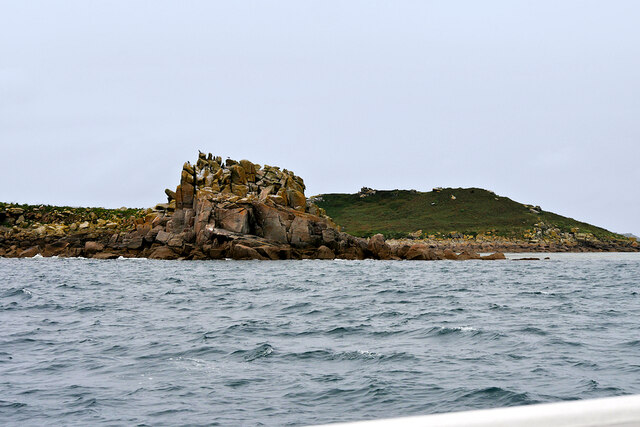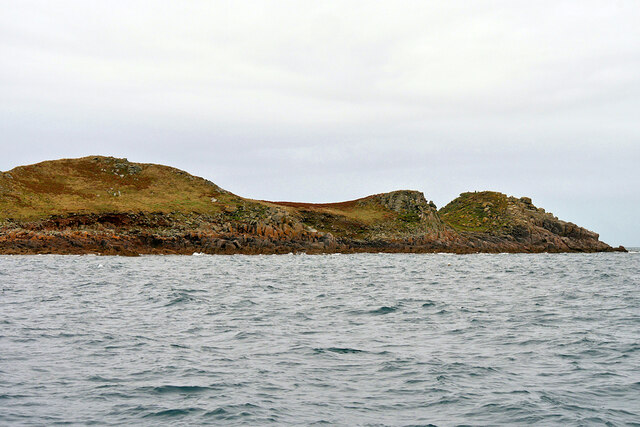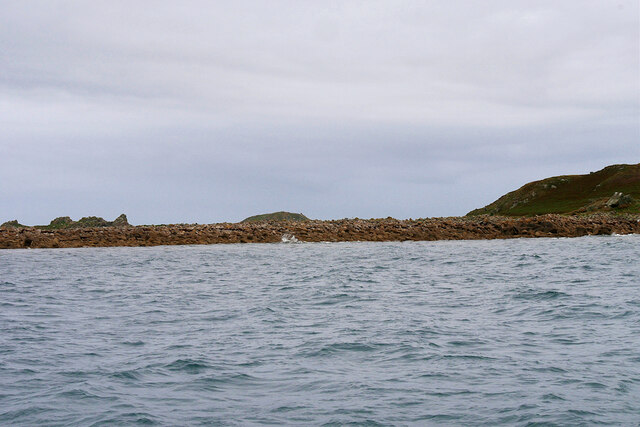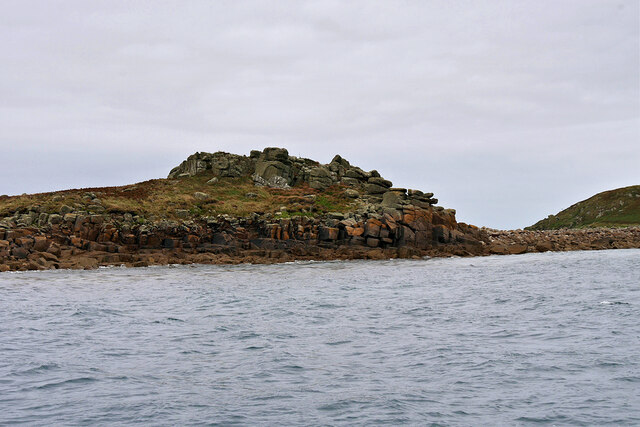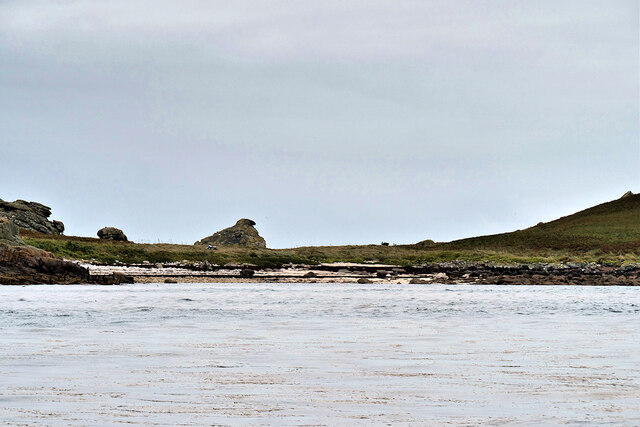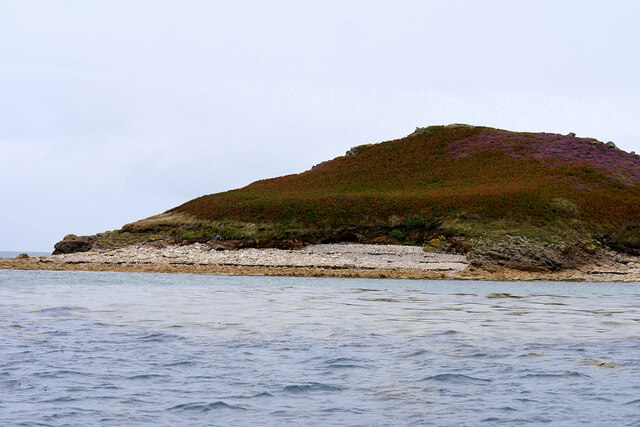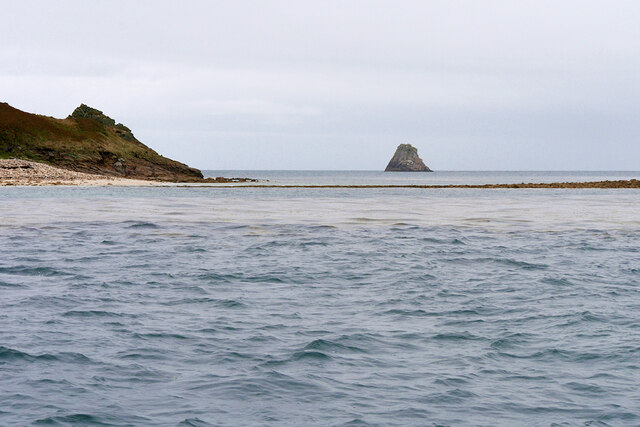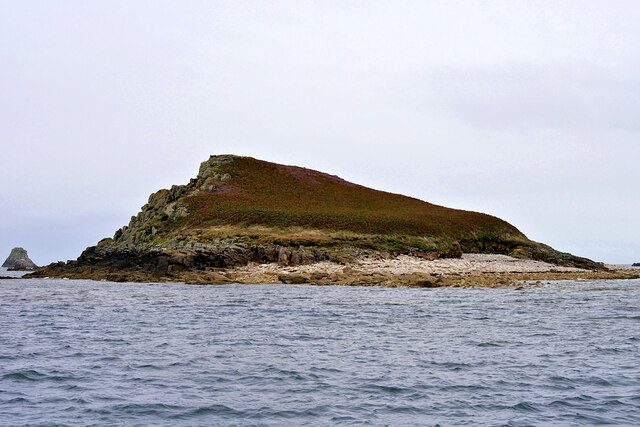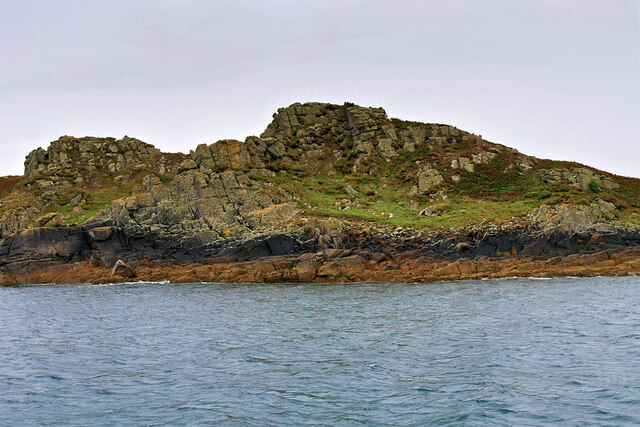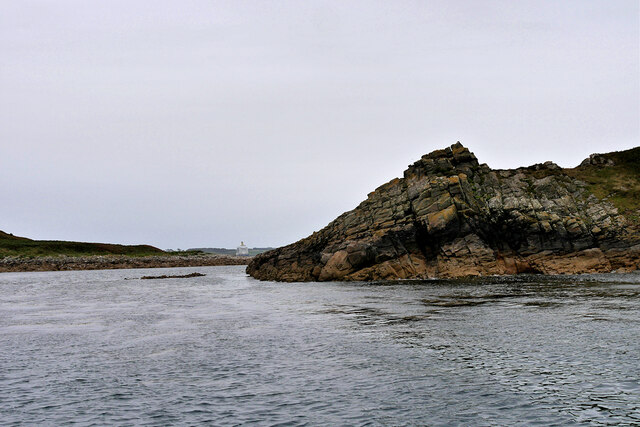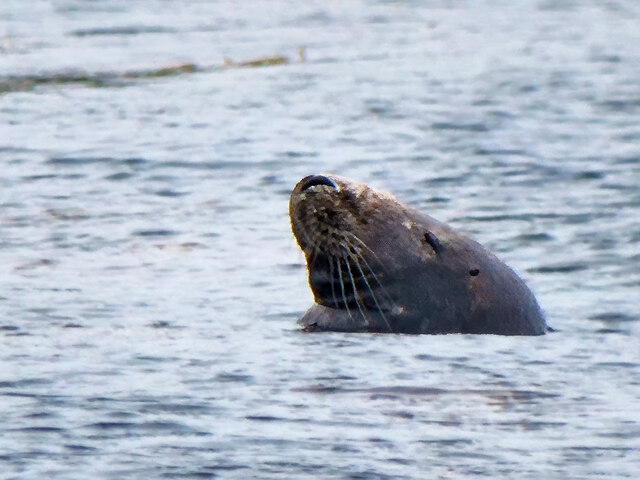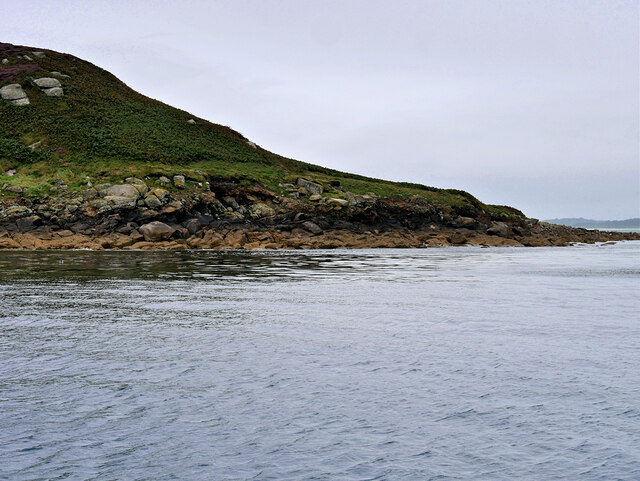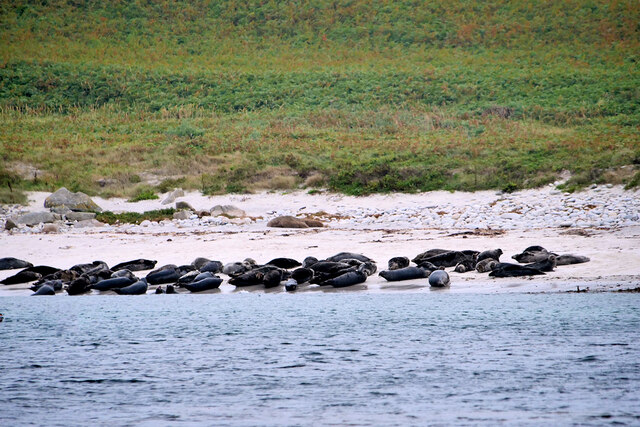Menawethan
Island in Cornwall
England
Menawethan
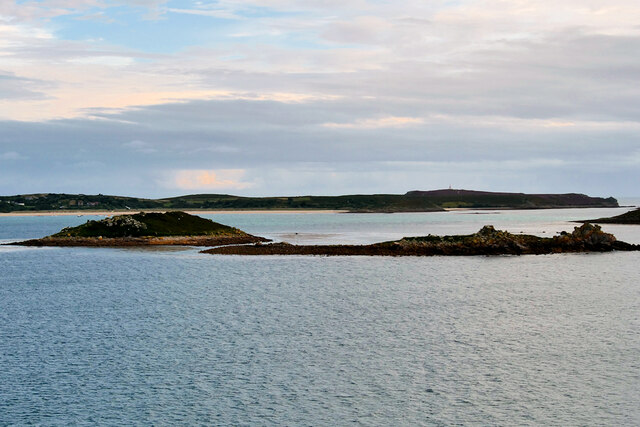
Menawethan is a small island located off the north coast of Cornwall, England. It is situated approximately 1.5 kilometers from the mainland and covers an area of around 20 hectares. The island is accessible by boat and is often visited by tourists and nature enthusiasts due to its unique characteristics.
Menawethan boasts stunning natural beauty, with rugged cliffs and rocky shores that provide a habitat for a variety of marine and bird species. It is home to a diverse range of flora and fauna, including rare plants and nesting seabirds. The island's rocky terrain offers breathtaking views of the surrounding coastline and provides opportunities for hiking and exploration.
Historically, Menawethan has been inhabited since ancient times, and evidence of human presence can be traced back to the Bronze Age. The island has a rich cultural heritage, with remnants of ancient settlements and burial sites still visible today.
In recent years, Menawethan has become a popular destination for eco-tourism, attracting visitors who are interested in experiencing the island's natural wonders and learning about its history. There are no permanent residents on Menawethan, but there are occasional temporary structures for research and conservation purposes.
It is important to note that due to its protected status as a site of ecological importance, visitors are expected to adhere to strict guidelines to ensure the preservation of Menawethan's delicate ecosystem.
If you have any feedback on the listing, please let us know in the comments section below.
Menawethan Images
Images are sourced within 2km of 49.945362/-6.2460676 or Grid Reference SV9513. Thanks to Geograph Open Source API. All images are credited.
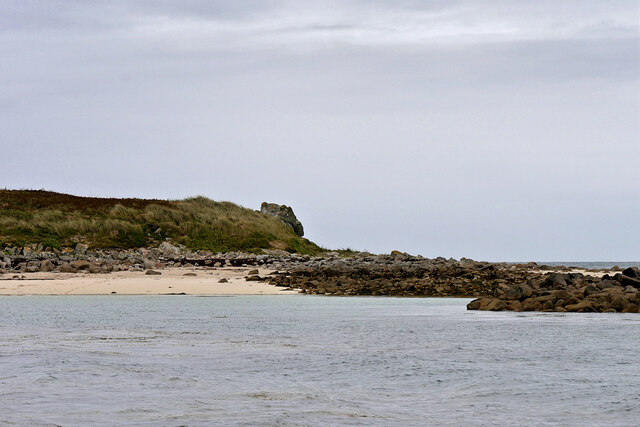
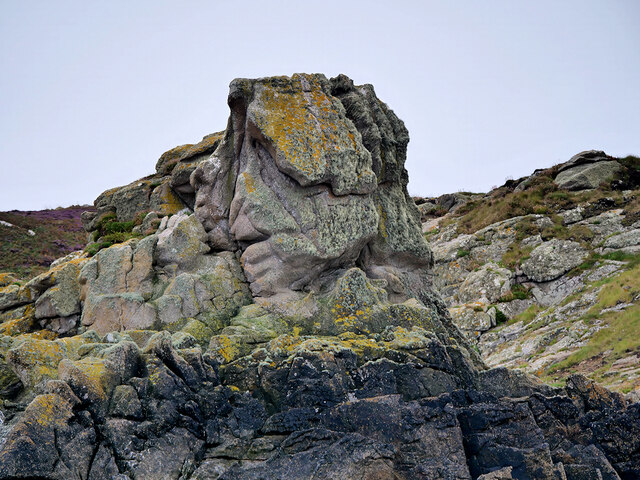
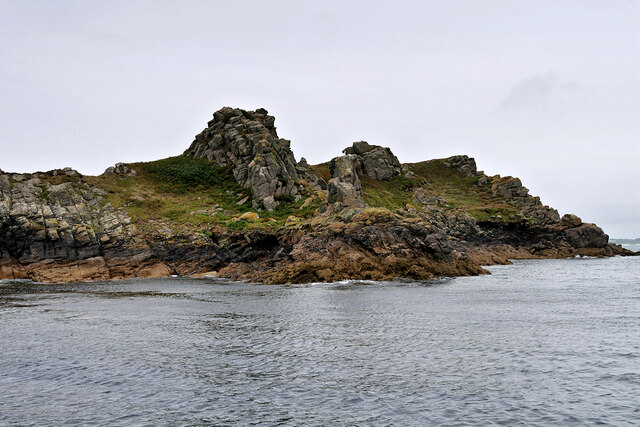
Menawethan is located at Grid Ref: SV9513 (Lat: 49.945362, Lng: -6.2460676)
Division: Isles of Scilly
Unitary Authority: Isles of Scilly
Police Authority: Devon and Cornwall
What 3 Words
///frosted.lavished.jeeps. Near St Martin's, Isles of Scilly
Nearby Locations
Related Wikis
Great Ganilly
Great Ganilly ( gə-NIL-ee; Cornish: Goonhyli Veur, lit. 'great saltwater downs') is one of the Eastern Isles of the Isles of Scilly. It has a maximum total...
Eastern Isles
The Eastern Isles (Cornish: Enesow Goonhyli, islands of the salt water downs) are a group of twelve small uninhabited islands within the Isles of Scilly...
PS Earl of Arran (1860)
PS Earl of Arran was a passenger vessel operated by the Ardrossan Steamboat Company from 1860 to 1871 and the West Cornwall Steam Ship Company from 1871...
Wheel Wreck
The Wheel Wreck is the remains of a shipwreck lying in Crow sound off Little Ganinick in the Isles of Scilly. The wreck site consists of a discrete mound...
Have you been to Menawethan?
Leave your review of Menawethan below (or comments, questions and feedback).
